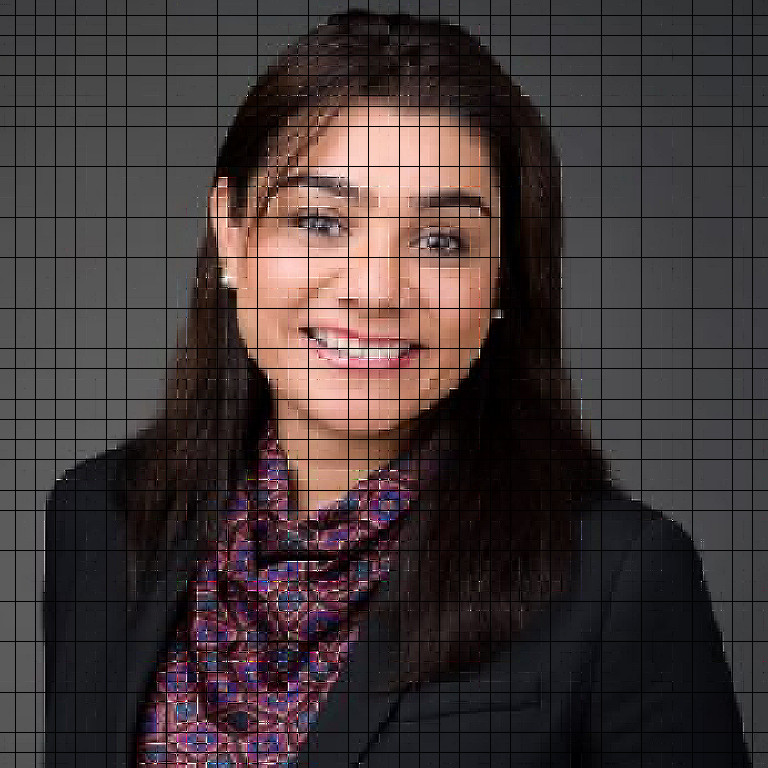Many healthcare organisations establish clinical service desks (CSDs) to provide a white glove, fast-track support channel for clinicians. While establishing a CSD is a great start, healthcare organisations often struggle to optimise them, resulting in inefficiencies, long wait times, increased cost and inconsistent service quality. This all ultimately leads to a degraded physician experience.
They need to transform to a clinician- focused, digital-first IT support experience that reduces costs, eliminates disruptions and empowers physicians to concentrate on delivering care.
Build a better CSD
To that end, they must implement a framework with its basis in:
1. Understanding the current state of clinical systems and support infrastructure. This includes assessing the number and types of clinical applications in use; the current state of the support model, with a focus on the process for reporting an issue; transfer protocols to technical teams when first call resolution fails; sentiment analytics for gauging clinician satisfaction when interacting with CSD; and CSD performance metrics.
2. Leveraging data to drive rich analytics. Data plays a vital role in understanding the customer. The role of performance against the defined relevant KPIs – such as average handle time, abandon rate, first contact resolution rate, application dispatch rate and contact per agent month – cannot be marginalised. But data gathered from customer interviews provides a new view into what matters most to the clinicians that use CSDs. Based on this assessment, organisations can identify areas for improvement and set clear goals and experience level agreement (XLA) targets for the CSD. This sets the stage for driving support that is clinician-centric, always on, contextualised, intelligent, accessible and easy
3. Refining to a scalable, flexible, efficient model. This requires creating seamless application integration with the care delivery operational structure. This may involve creating a centralised CSD that provides support for all clinical applications, or a decentralised model that assigns dedicated support teams to specific clinical areas. Some organisations might need to establish service area or specialty-specific satellite CSD units for emergent needs..
4. Training and supporting the CSD staff. Knowledge and skill enhancement for CSD staff includes investing in innovative training methodologies, such as gamification, and offering specialised certifications, such as those related to aligning help desk staff with electronic health record (EHR) training to ensure that individuals are up to date on the latest application suites used by clinicians and workflow modifications rolled out across the enterprise.
Empowered training initiatives also include providing access to a knowledge base or other resources to help staff quickly resolve support requests. Speedy resolution is enhanced when organisations leverage robust known error databases (KEDB) to constantly evolve and update their knowledge base resource.
An open communication channel between the CSD leadership teams, physician leaders and L2 teams provides a way to gain added insights into any potential training needs.
5. Measuring, monitoring and evolving CSD performance across SLAs and XLAs. Doing so will ensure that the CSD is meeting the needs of clinical staff – and indirectly their patients who depend on them. To thrive, CSD operations need to be open to change when they fall short.
A partnership in supporting quality care delivery
DXC works with our global healthcare customers, implementing frameworks to assist them in transforming to a clinician-focused, digital-first IT support experience that reduces costs, eliminates disruptions and empowers clinicians to focus on care delivery.
Working with large healthcare organisations in enabling their agile CSD journeys, we know that physicians who enjoy consumer-like, personalised experiences are more likely to adopt new technologies because they understand that they can rely on a customer-centric and efficient CSD team to get the help they need.
It's time to take the necessary steps to make CSD interactions with your physicians exceptional.

